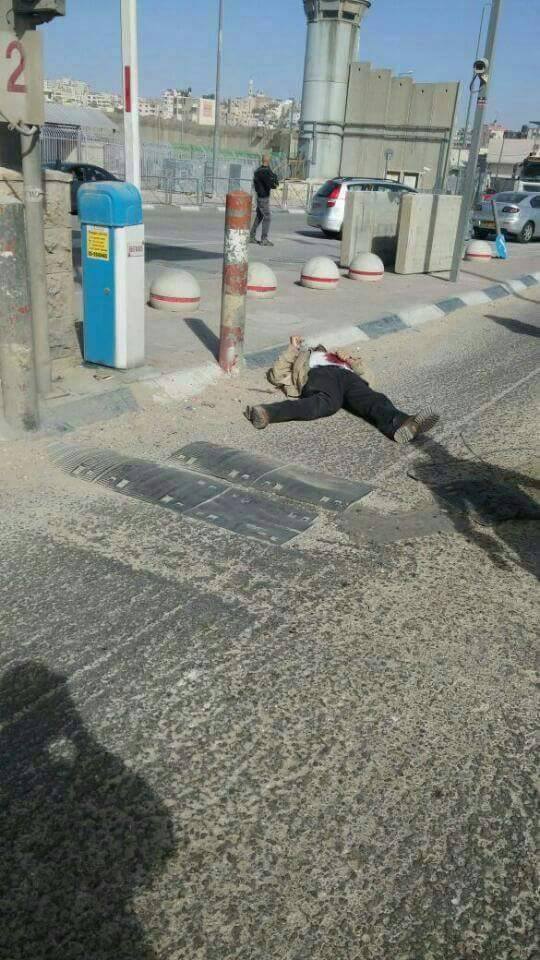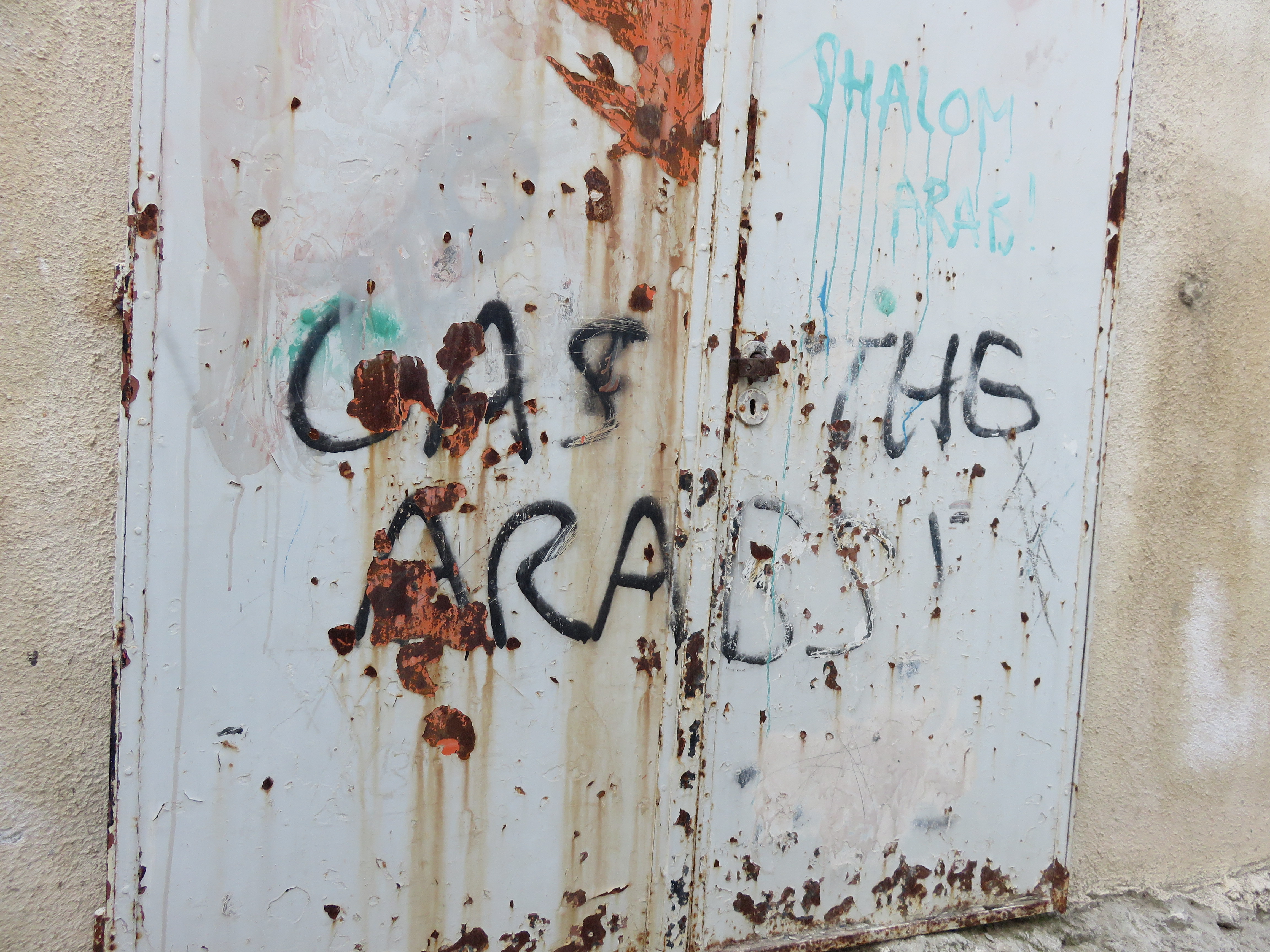Tag: extrajudicial execution
-
Israeli forces shoot and kill Palestinian man at Qalandiya checkpoint
24th November 2016 | International Solidarity Movement, al-Khalil team | Ramallah, occupied Palestine It has been confirmed that Jihad Mohammad Khalil, 48, was shot and killed by Israeli soldiers at Qalandia checkpoint early Tuesday morning, 22nd November. Khalil is from Beit Wazan village, west of Nablus in the northern part of the West Bank. He…
-
Remembering Hummam, Remembering Islam: Reflections on genocide, one year on.
27th October 2016 | International Solidarity Movement, al-Khalil team | Hebron, occupied Palestine Acts of injustice done between the setting and the rising sun In history lie like bones, each one. – W. H. Auden, from “The Ascent of F6″ Today marks one year since the murder of a young man outside the ISM…
-
Remembering Muhammad al-Durrah and the stolen dreams of Palestine
29th September 2016 | International Solidarity Movement, al-Khalil team | Gaza, occupied Palestine Mere days ago, on the 22nd of September, the city of occupied al-Khalil (Hebron) remembered and mourned the murder of 18 year old Hadeel al-Hashlamoun, another Palestinian youth executed in cold blood by Israeli forces outside the Shuhada Street checkpoint one year…



